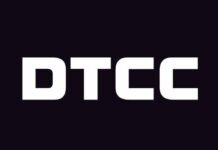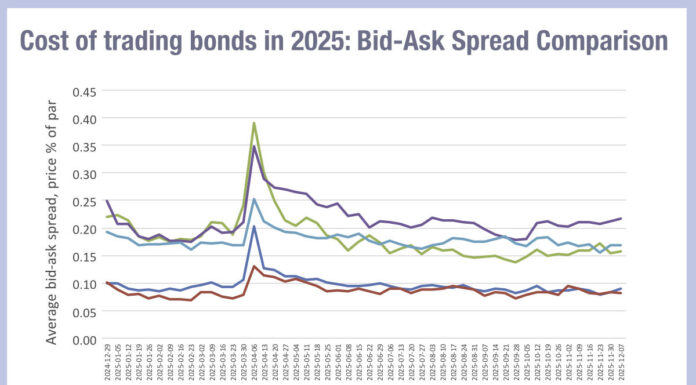OpenDoor has revealed a significantly high match rate for asset managers on the all-to-all continuous order book it launched in January 2020, to replace session-based auctions.
“All-day pricing allows for relative immediacy of execution,” says Susan Estes, CEO of OpenDoor. “Once the market is moving you can’t anticipate that anybody would wait to execute an outright buy or sell.”
This model is where OpenDoor, a specialist in off-the-run Treasuries (OFTRs) and Treasury Inflation-Protected Securities (TIPS), had always intended to go Estes says. The firm has moved carefully in order to change the existing market structure without disrupting the operations of users, releasing an alpha version of the platform in 2017 and a beta version in 2018. To support the continuous order book, State Street Global Markets has been added as a riskless principal counterparty, replacing broker Hartfield, Titus & Donnelly, which had supported the session-based execution previously available.
“Session-based auctions would not fit all of the buy-side accounts, but we had to have first movers that would be willing to come on and test the early stage of the platform,” she explains. “We were changing market structure. It was the first time in the Treasury and TIPs world where a platform allows these pools of liquidity to find one another without the traditional risk intermediaries sitting in between. So there was a whole level of education that has to take place.”
The session-based auction model concentrated liquidity at specific points during the trading day, where the continuously offered, all-to-all model, should deliver more real-time access to liquidity for participants across the yield curve. OFTRs comprise more than 98% of notional outstanding but less than 32% of daily trading volume in the US$17-plus trillion US Treasury market, according to U.S. Treasury and FINRA data.
OpenDoor’s platform allows all participants to trade with each other anonymously. As a result, institutional investors will now get a ‘first look’, unconstrained by any requirement to divulge size, direction or price before executing a trade.
“We have achieved buy-side to buy-side matching rates that eclipse other asset classes that have been around a much longer period of time; in equities and FX dark pools would love to see buy-side to buy-side match rates of 20%. From the launch in January we have had a buy-side to buy-side match rate of 70%,” Estes says.
This is complemented by the platform’s integration with Bloomberg’s Fixed Income and Derivatives execution management system (EMS) ‘TSOX’, which will facilitate connectivity to an additional 90 order management systems (OMSs) and over 900 new accounts.
Estes says that connectivity was the biggest challenge to achieve, and that linking through Bloomberg delivered a strong route to other platforms.
“There are five major OMS/EMSs out there and the major EMS is clearly Bloomberg TSOX,” she says. “It is connected to a significant number of other OMSs, and many central banks – who own 40% of off-the-run Treasuries – consider Bloomberg to be the convention. As a new entrant [like OpenDoor] your client needs straight-through-processing and so you have to connect with their OMS. To do that one OMS at a time you have a really long run rate and there are a lot of other competing priorities. So we connected via Bloomberg, which was still a process that took time.”
The OpenDoor platform currently has over 70 buy-side firms and dealers trading for their own accounts. The new platform and protocols are intended to offer the sell side the opportunity to interact on a level playing field with buy-side firms.
©Markets Media Europe 2025













